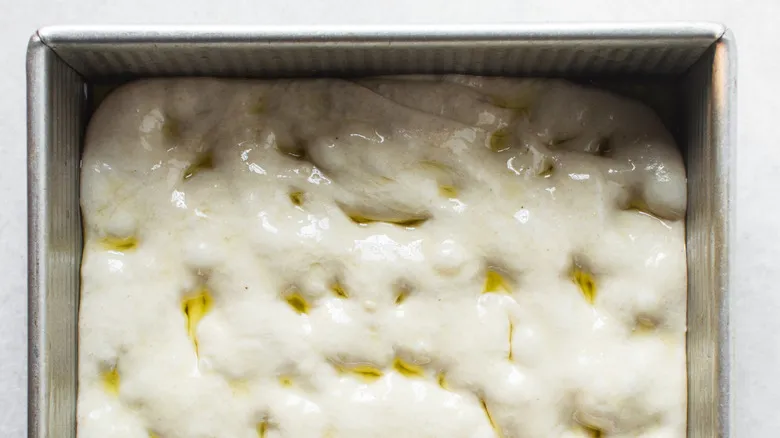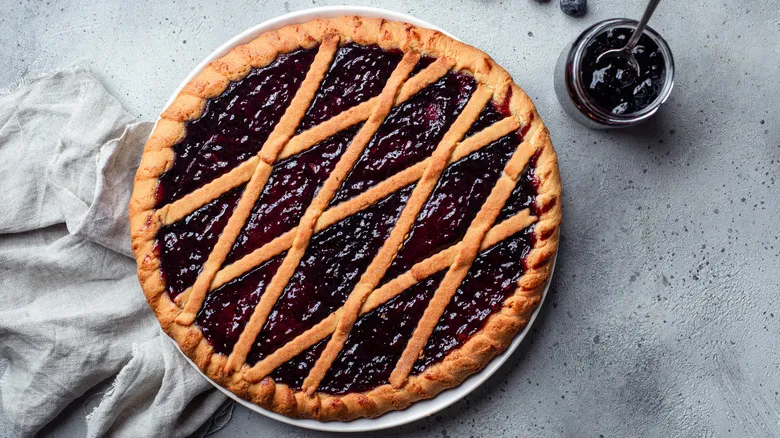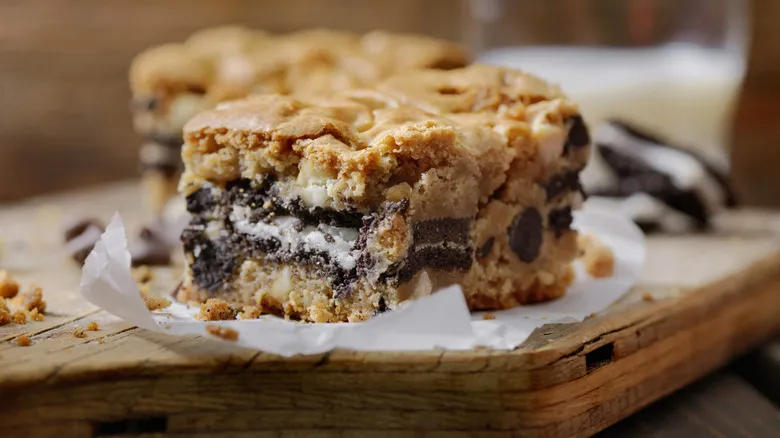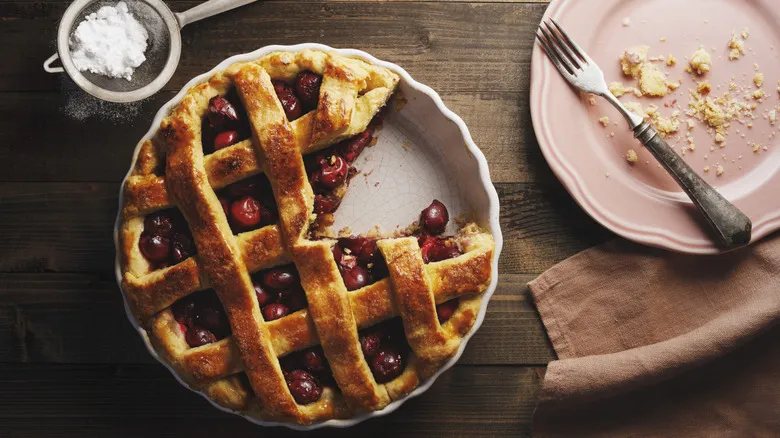Focaccia processes in practice

The charm of this conditional approach lies in the flexibility it offers when preparing focaccia, a process that Luca Corazzina elaborates on for both techniques. "The optimal rise for focaccia occurs at a warm, consistent temperature," he explains. If you have a proofer, feel free to use it, but placing your dough on top of your oven is also effective. The aim is for the dough to double in size, which should take approximately one to one and a half hours at room temperature.
Alternatively, there's a cooler option. "A cold rise slows down fermentation, which enhances flavor complexity and results in a more structured crumb," Corazzina notes. If you choose this route, you'll want to refrigerate your focaccia dough overnight or for about eight to twelve hours. During this period, your future focaccia will develop a depth of flavor that the quicker, warmer method can't quite achieve.
Ultimately, whether you opt to bake your bread or embrace the idea of making focaccia in a cast iron skillet, enjoy it in squares fresh from the oven, transform it into sandwiches, or even freeze it for later meals, the taste of your final product is closely linked to the time and temperature you select for fermenting the dough. With this expert guidance, you can be confident that your focaccia will turn out delicious, regardless of the method you choose.
Recommended

Say Goodbye To Runny Fruit Pies With This Thickening Tip

The Store-Bought Ingredient Ina Garten Thinks Is Just Fine To Use When Baking

How To Make Stuffed Cookies With Store-Bought Dough

What To Keep In Mind When Baking A Pie With Frozen Fruit
Next up





